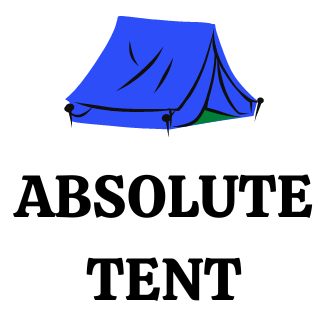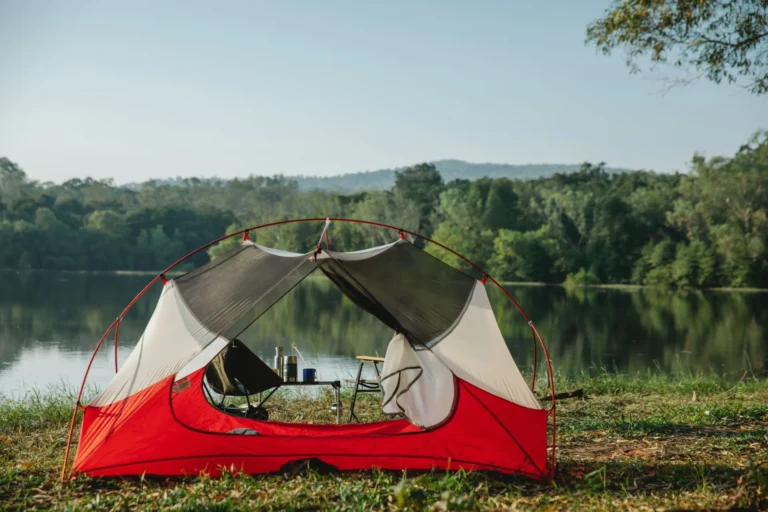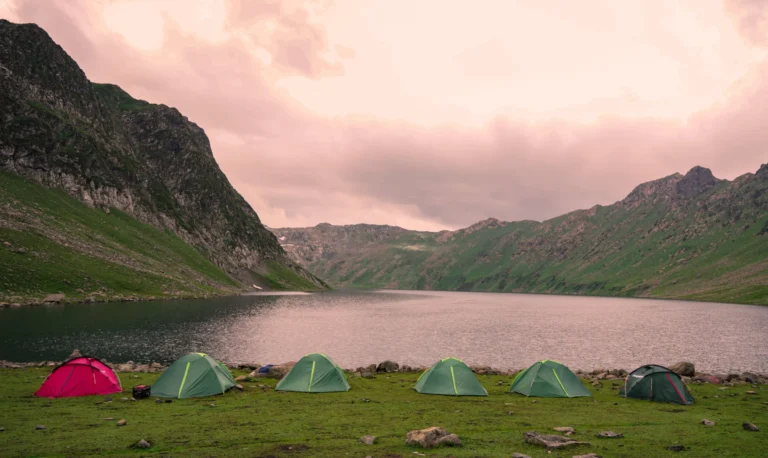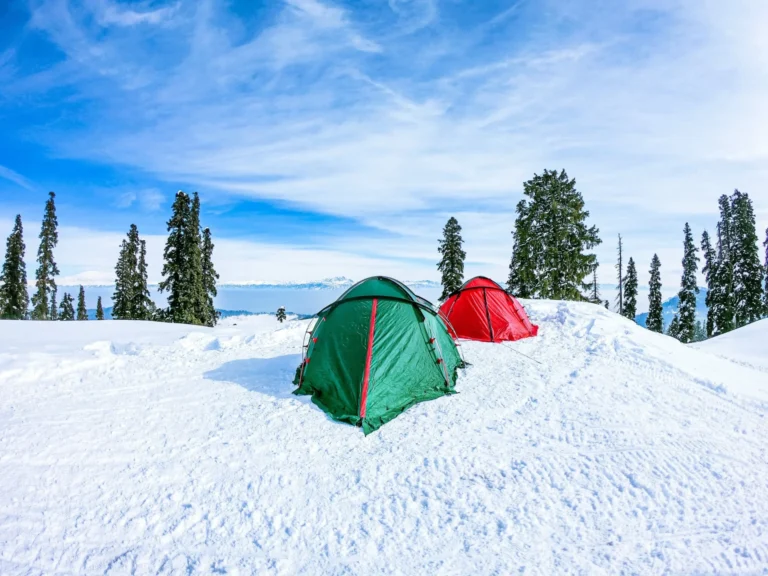Camping in the rain is not easy, not only for new campers but also for experienced campers. They may have experienced soaked tents because of inappropriate tent setup methods in the rain. The result can be bad health and sometimes a fatal disaster. When camping in the rain is unavoidable, you should know how to set up a tent in the rain in a proper way.
With my camping experience, I figured out that picking up the right gear for camping in the rain is as essential as packing it up correctly. Also, all the gear will remain dry during camping in the rain if you do it correctly. So, let’s find out what gear to choose, how to pack it, and how to set up a tent in the rainy weather in this article.
How to Set up a tent in the rain: Selecting a suitable tent
The suitable forms of tents under a budget to set up during the rain are double-wall tents and pop-up tents.
Double-layer tents are versatile and valuable for different weather conditions. They have a separate rainfly for rain protection. The fast-pitch or pop-up tents are set up in seconds, and you can go under a shelter without any worries.
Things to do before going camping
Pack the tent, rainfly, and poles separately so you can reach out to each of them when you need them. Keep all the doors of your tent closed. While you fold the rainfly, keep its top on the upper side. This way, the inside of the rainfly will not get wet.
Practice setting up the tent at home before you leave for camping. It will take less time when you have hands-on practice. Also, spray the rainfly with water and look for any signs of water leaking inside. If there is no water, you have a proper waterproof tent to withstand rain.
Besides the tent, it is essential to have other rain-resistant gear. Consider a jacket with mesh ventilation panels and pit zips. Keeping extra rain pants on hand is also helpful. Putting on water-resistant boots is an essential part of all your camping gear. Keep rubber sandals in your backpack to put them on in heavy rain while hanging out. These things are as essential as knowing how to set up a tent in the rain.
The weather may soon clear up
When you reach the camping spot, and it’s raining, it is not always necessary to set up the tent in the rain immediately. Maybe you should wait a few minutes, and the rain will disappear. If you have any gadgets, you can check the weather forecast. If it says the rain ends in 30–60 minutes, there is no need to set up the tent in the rain. Meanwhile, you can notice where the rainwater floats so that you can choose a place where it does not collect.

Risks to Avoid in Rainy Weather
When there are trees around, it seems to be an excellent spot to tie up the tarp. Also, it becomes easy to set up the tent in the rain under a tarp. However, certain risks are associated with trees around. There are dead or loose branches of trees that commonly fall during rain or storms. While deciding on a camping location, look closely for all loose and dead branches. If there are any, change the selected location.
When the tree’s branches fall, they are deadly for the lightweight tarp and tent material and can tear it. All the rainwater will flow into the tent, making all your efforts useless. Take into account the fruit hanging from the trees. When the fruit falls directly on your body, it surely hurts.
If there are chances of lightning or a thunderstorm, it will strike your tent if there are few trees or you are at the edge of the forest. Check the weather forecast and go deep inside the forest to keep yourself and your camping setup safe from the lightning strike.

Pick an Elevated Site
We said earlier to observe the water flow direction during the rain and not start setting up the tent immediately. Considering low and elevated spots and soil drainage levels would be best.
Together, avoid the low spots at your camping site. If there is no other option, you can go for it if you have a tent with a bathtub floor. Water flows to the lowest points, try to predict water flow; and don’t know how to set up a tent for rain flow direction. Otherwise, the debris will get stuck with your tent and other gear.
Try to find a camping site with a good soil drainage level. It will get dry quickly after the rain stops. However, it is challenging to find such spots, and you must know how to set up a tent in the rain.
Make a Sheltered Area
Before setting up a tent in the rain, it is essential to know how to set up a tent in the rain and set up a sheltered area. A camping tarp can serve this purpose. Choose a lightweight tarp, enough to provide optimal shelter and easy to fold and handle.
Setting up a tarp is easier and quicker than setting up a tent; that’s why we do it first. For this purpose, you need to run a single guy line between two trees at a preferable height. After that, tie all the tarp’s corners with the guy line. Ensure that the edges of the tarp are below the center when you skate the tarp. This way, the water will smoothly float downward. The tarp offers you enough space to hang out outside the tent. Also, you can keep your stuff under the tarp so that it can get dry.
Remember that if camping in a terrain with no trees, you must take poles to set up the tarp.
Keeping inside of the tent dry
You can skip this section if you have a single-layer tent. It is for double-layered tents, one layer of mesh and the other layer of rainfly. The most accurate method to set up such tents in the rain is to first set up the inner tent made of mesh. After that, set the rainfly. As long as you are under the tarp shelter, nothing will go wrong. However, some water may be on the mesh top of the tent. Wipe it with the camping towel before putting on the rain fly.
We recommend taking some extra camping towels with you. You can use them to wipe out the tent whenever rainwater or the floor gets wet with your shoes, bags, clothes, and other gear.
Use the tent footprint
The tent’s floor may hold the water outside, but what if the soil gets muddy? Also, any debris on the muddy surface may damage the tent’s floor. That’s why it is essential to keep a separate tent footprint. It will act as an extra layer of protection in rainy weather. Also, cleaning the tent’s floor from sticky mud will be more complicated than cleaning a tent footprint.
The tent footprint must be 2–3 inches inside the outer edges of the tent. No water will collect between the tent’s footprint and the floor. Otherwise, the water can cause leakage and condensation issues.
Conclusion
We have told you many hacks for how to set up tent in the rain. We hope they will be helpful for your upcoming camping journey in the rain. If you find these tips and tricks for camping in the rain helpful, don’t forget to write back to us about how to effectively set up a tent in the rain with our tips.







